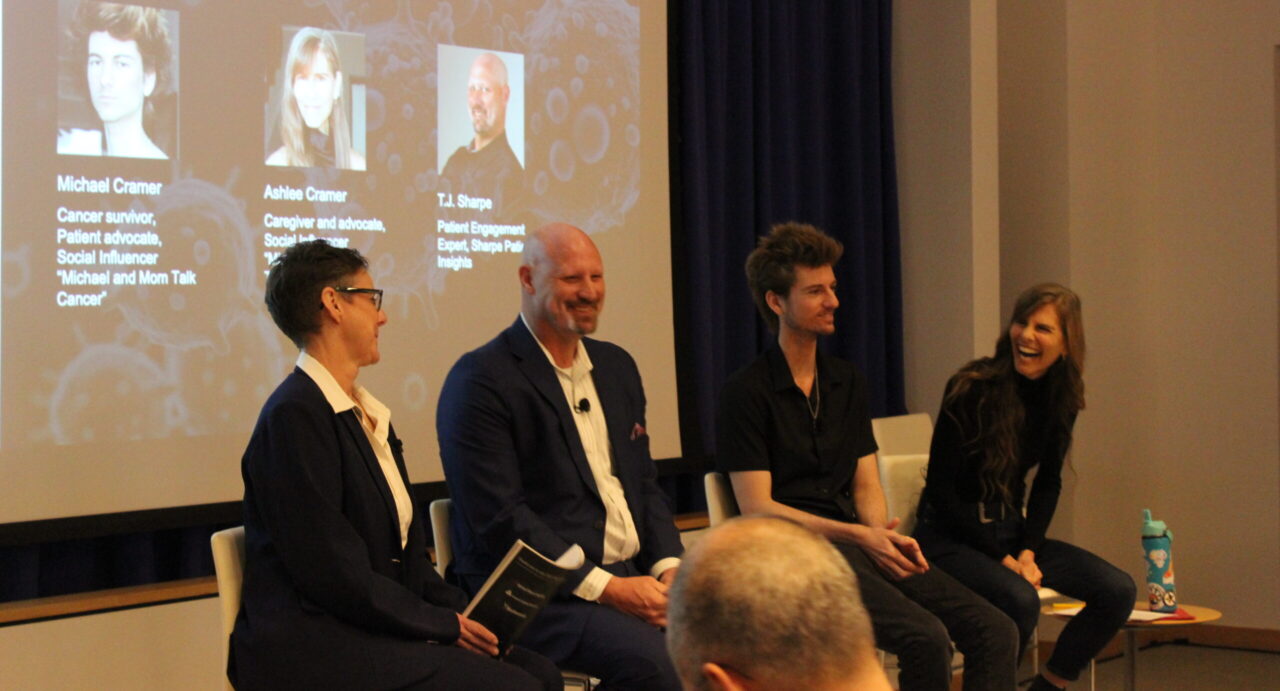The 2nd Annual Measuring Patient Engagement Summit was held April 29–May 1 in Boston, MA, attended by approximately 75 experts in patient engagement, advocacy, marketing, insights, primary care, and related fields. The Summit addressed the critical need to establish replicable, publishable and quantitative measures for the impact of patient engagement initiatives.
The primary objective was to tackle the challenge of quantifying the impact of patient engagement, a complex but essential task for demonstrating value to stakeholders. Presentations, panel discussions, small group workshops, and actionable case studies focused on best practice and successful measurement approaches to facilitate unified strategies, enhanced return on investment (ROI), and stronger stakeholder support for measurement of patient engagement activities. By fostering collaboration and sharing best practice in a non-competitive space, the event aimed to ensure patient engagement remains a strategic priority and valued investment across product development and therapeutic landscapes.
Key topics
Discussions centered on understanding progress and impact in patient engagement, overcoming ecosystem and internal hurdles to patient engagement uptake and value demonstration, metric development, and standardizing frameworks to enable robust patient engagement in drug development.
Understanding patient perspectives
Sessions emphasized the importance of incorporating patient insights to enhance clinical trial success, streamline regulatory approvals, and improve overall patient experiences. Understanding patient needs was seen as foundational to effective engagement strategies, and also to optimal healthcare and provider solutions. One session featured a novel discussion between a sickle cell patient advocate and her physician who explored the impact of personal advocacy on healthcare professionals, and reinforced the need to bring clinicians into the discussions around more patient centric drug development
Addressing internal skeptics and challenges
Discussions tackled persistent barriers, such as securing budgets for engagement initiatives, ensuring meaningful patient involvement, and meeting regulatory reporting requirements. Solutions focused on practical approaches to overcome these hurdles.
Establishing quantitative measures
A significant focus was placed on developing robust metrics to quantify the impact of patient engagement. This included exploring data-driven methods to assess outcomes and demonstrate value.
Actionable case studies
Presenters shared real-world examples of successful patient engagement measurement, offering practical insights that attendees could apply within their organizations.
Standardizing approaches
The Summit advocated for unified frameworks to measure and communicate patient engagement’s value, aiming to create consistency across the industry, and ensure publication of evidence and examples in a way that benefits the industry, clinical, and patient communities.
Driving patient-centered innovation
The event highlighted specific innovations that prioritize patient needs, encouraging the development of solutions that align with patient preferences and improve healthcare outcomes.
Benefits of cross-collaboration
Cross-functional collaboration – internally and externally – ultimately fosters alignment around a unified patient engagement strategy, yielding a more cohesive and considered collection of patient experience data, which in turn maximizes ROI through standardized frameworks, expanding professional networks, and investing in team development.
Transparency
The spirit of sharing data and experience in a pre-competitive and collaborative space was reinforced. In fact, it was shared how the new not-for-profit industry group, the International Society for Patient Engagement Professionals (ISPEP) was established from the previous (and first) Summit held in 2024.
Anticipated outcomes
Out of the conference there are a number of promising results for the advancement of patient engagement in the pharmaceutical industry, including:
Unified strategies
Organizations are likely to adopt more cohesive approaches to patient engagement, driven by cross-functional collaboration and shared measurement frameworks. This alignment will strengthen internal efforts and enhance organizational impact.
Enhanced ROI and stakeholder support
By equipping teams with proven tools to quantify patient engagement, the Summit likely improved attendees’ ability to demonstrate value, securing greater internal buy-in and stakeholder endorsement.
Expanded networks
Connections with industry leaders, patient advocates, and advocacy groups provided attendees with access to best practices and emerging trends, fostering ongoing collaboration.
Professional development
The Summit empowered attendees with actionable knowledge, supporting professional growth and skill development in patient engagement measurement.
Advancement of patient-centered healthcare
By focusing on metrics and innovations that prioritize patient needs, the Summit contributed to a healthcare system that is more responsive and effective in meeting patient expectations.
The Summit reinforced the spirit of sharing data and experience in a pre-competitive and collaborative space






